Author: Ben Parfitt
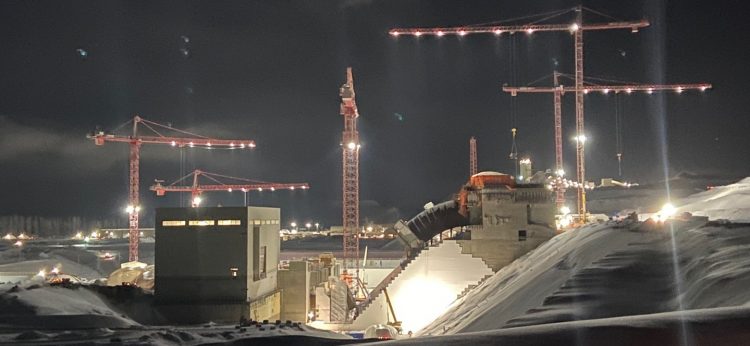
Losing sight at Site C
Court documents and FOI materials show BC Hydro knew shale would move at troubled construction project, yet Hydro proceeded with river diversion BC Hydro approved the pouring of massive amounts of concrete to build a buttress at its problem-plagued Site C dam project months before a critical drainage tunnel was completed to draw water …
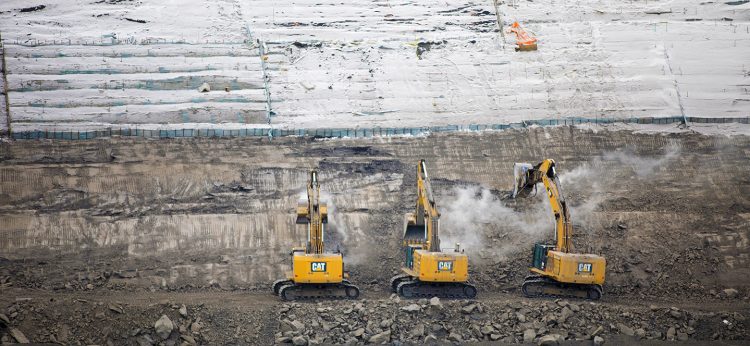
Site C’s radical makeover: What the ‘L’ is going on at problem-plagued dam construction project where costs keep piling up and completion remains years away?
BC Hydro knew 30 years before it started building the Site C dam that its chosen location for the most expensive publicly funded infrastructure project in British Columbia’s history had big problems. In fact, by the 1980s, BC Hydro had done tests showing that the ground at Site C had serious flaws “due to the …
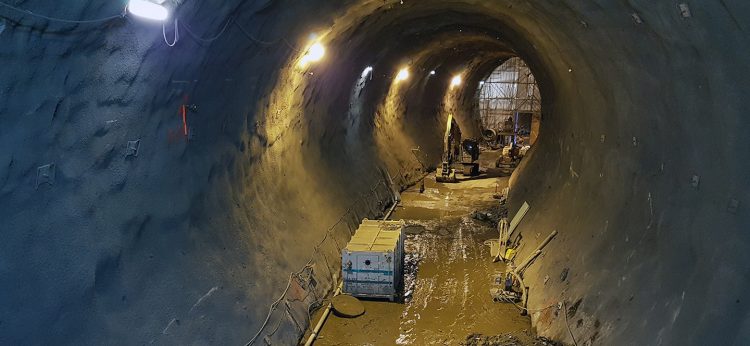
A Big Fracking Mess: As Site C dam construction bogs down in geotechnical problems, thousands of earthquakes triggered by fracking operations occur nearby
Earthquakes triggered by natural gas industry fracking operations near BC Hydro’s troubled Site C dam construction project are far greater in number than previously thought, raising troubling questions about whether they are adding to the already formidable geotechnical challenges at the site. Not only are more earthquakes occurring in proximity to the costliest public infrastructure …
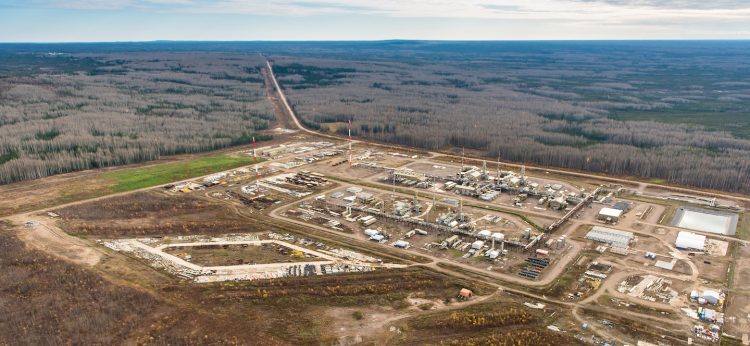
After the rush: Fort Nelson needs firm government commitments to reclaim lands abandoned by fossil fuel industry
In the face of the economic fallout from COVID-19, it’s easy to forget that some communities in British Columbia were in deep fiscal distress long before the pandemic began. Fort Nelson is a good example, and a textbook case of why senior levels of government need to be mindful when they roll out recovery plans …
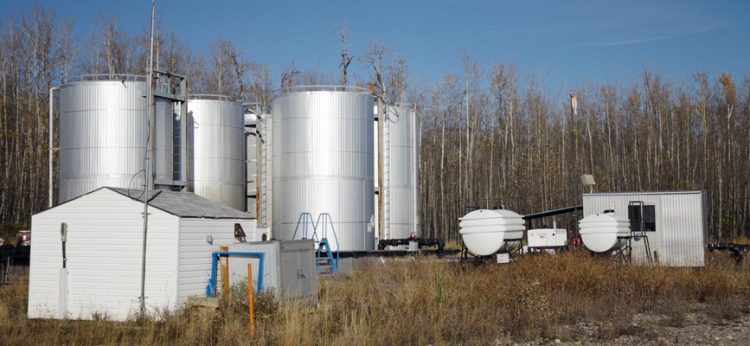
The Well from Hell
Part 2 of a report on how fracking poses risks to BC Hydro’s Peace River Dams Read Part 1 of the report View timeline BC Hydro was so worried that its Peace Canyon dam could be badly damaged if an earthquake was triggered at a nearby natural gas industry disposal well, that it briefly considered …
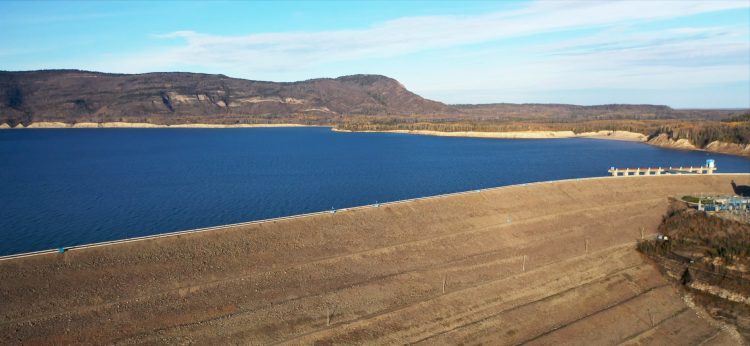
Peace River Frack-Up
Part 1 of a report on how fracking poses risks to BC Hydro’s Peace River dams Read Part 2 of the report View timeline BC Hydro has known for well over a decade that its Peace Canyon dam is built on weak, unstable rock and that an earthquake triggered by a nearby natural gas industry …
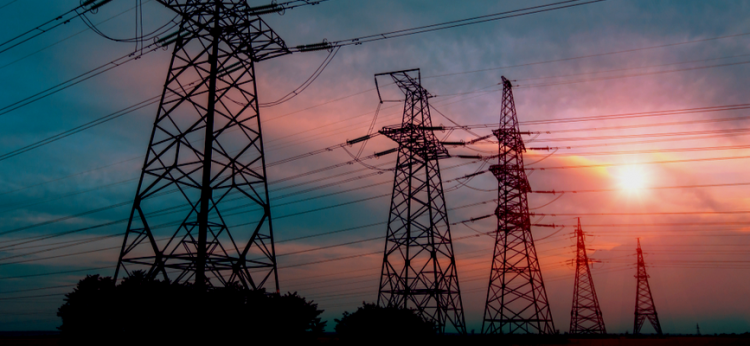
An electrifying announcement leads to more questions than answers
In late August, Prime Minister Justin Trudeau traveled to Vancouver to announce that the federal government had agreed to financially support a new hydroelectric transmission line project in British Columbia’s remote northeast region. In a memorandum of understanding signed with the provincial government, the federal government committed $83.6 million to the project, which will cover …
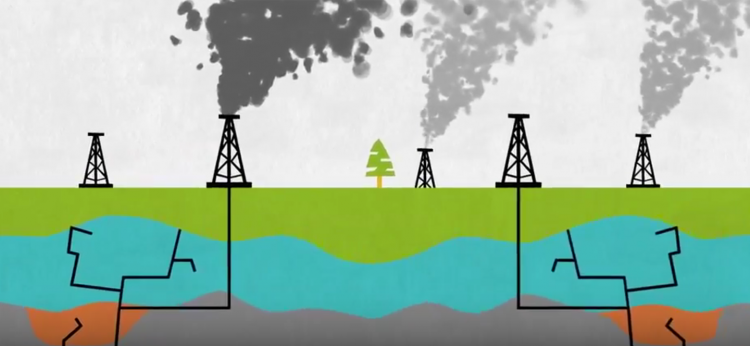
BC Government Fossil Fuel Subsidy Data Finally Public
For more than two years, the British Columbia government has vigorously fought efforts to compel the release of information on the hundreds of millions of dollars in subsidies that it doles out to fossil fuel companies each year. It has either refused outright to release documents or it has handed over pages of essentially worthless …
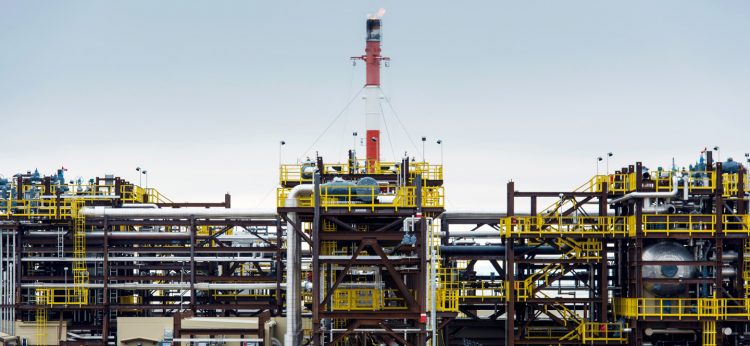
BC’s Oil and Gas Commission: A captured regulator
In June 2015 “in an effort to expedite” the building of a pipeline by Alliance Pipeline Ltd., a company called Synergy Land Services submitted falsified documents to British Columbia’s Oil and Gas Commission. The documents were deliberately altered to suggest that archaeological work was done at two sites when in fact it had only been …
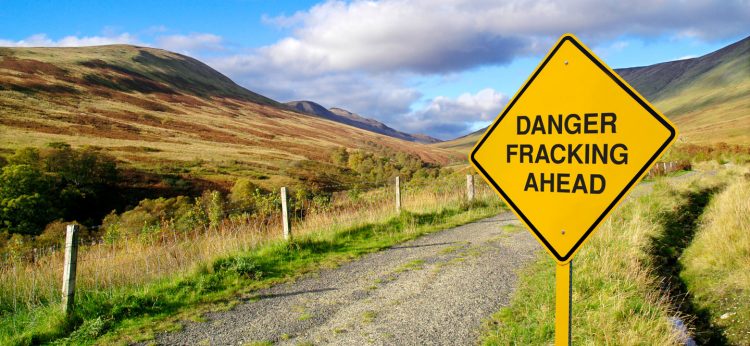
The time to act is now: Fracking risks do not require further study
When British Columbia’s new government took office in July 2017, one thing was notably absent in the mandate letter delivered by Premier John Horgan to the province’s new energy minister. Hydraulic fracturing—or fracking—was mentioned not once. Nor did the letter acknowledge that months earlier the New Democratic Party had committed to appoint a scientific panel …
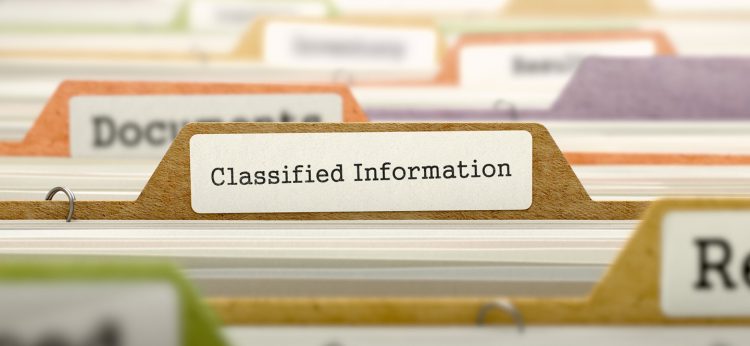
How much is BC giving to natural gas companies?
All British Columbians have a stake in the pricing of natural resources. When trees are logged, when minerals are mined, when fossil fuels are drilled, the companies doing the extracting pay fees to the Province in recognition that the resources are publicly owned. It is therefore in everybody’s interest to know how the government prices …
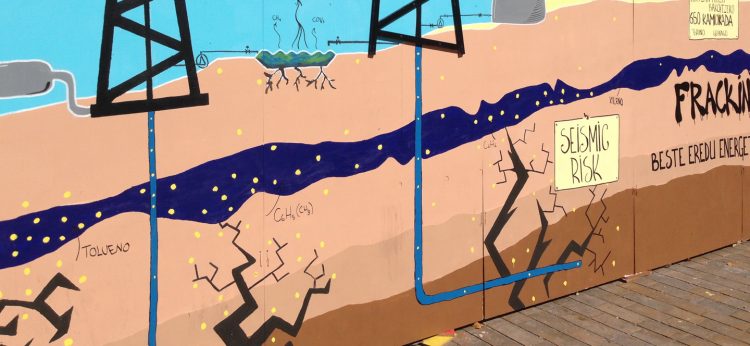
Memo to northeast BC: More fracking earthquakes ahead
Of the many “unknowns” flagged in a recent science panel report, few are as disturbing as the finding that no one can say how destructive an earthquake may one day be triggered during brute-force oil and gas industry fracking operations. The panel’s report—commissioned by Michelle Mungall, BC’s Minister of Energy, Mines and Petroleum Resources—has landed …





